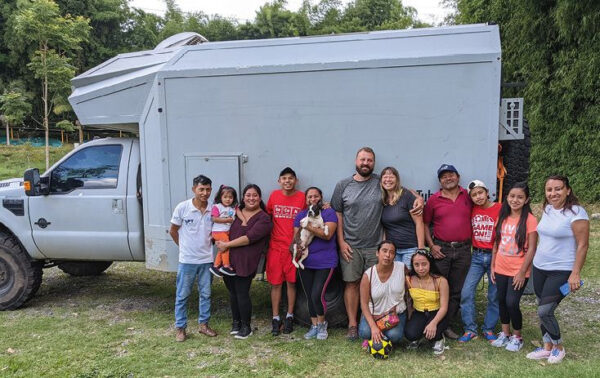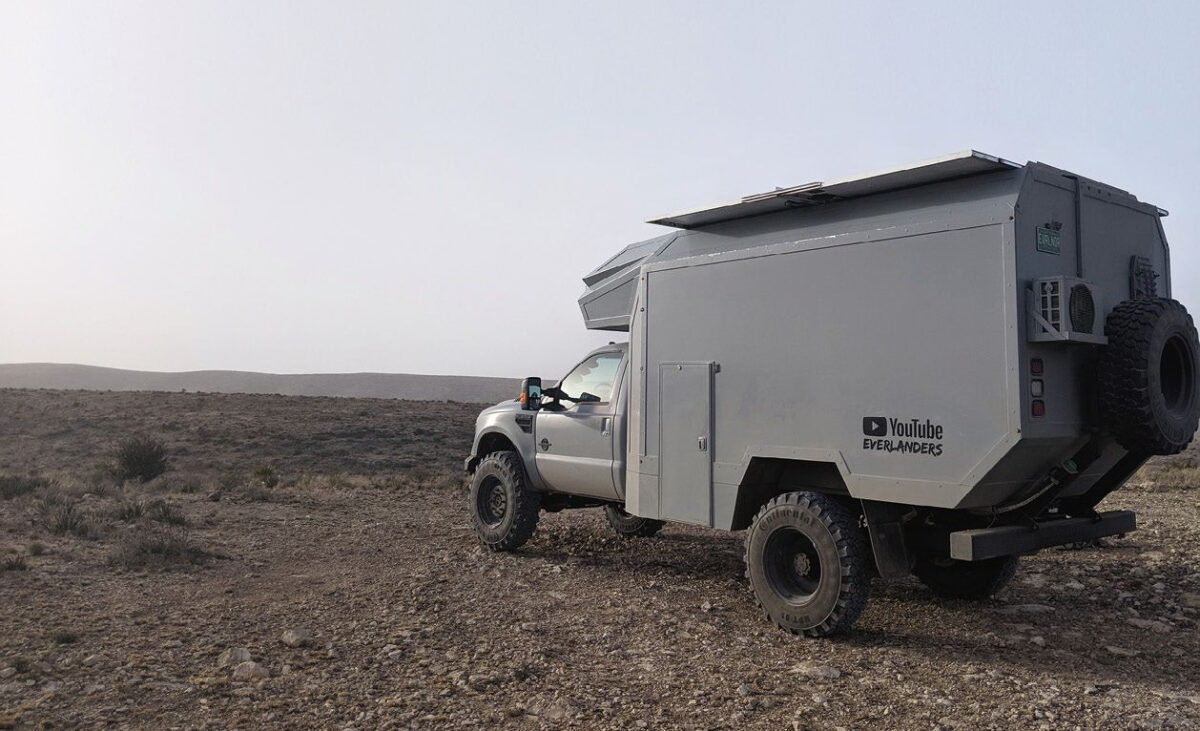From pv magazine ISSUE 07-08/23
pv magazine: Where are you traveling right now, and what are your current challenges out there on the road?
Jason the Everlander: Currently, we are traveling in Ecuador after spending five years on the road, non-stop, as we head for the southern tip of South America.
Interestingly, the most challenging thing is getting to see and experience everything in a country in only 90 days. Despite this, we still use every day that the visas allow, crossing the next border with hours to spare. If it’s a region we like, we try and stay there for weeks at a time, so that we can say we lived there and have a real feel for the place.

That said, at this stage, we have become quite accustomed to the challenges that come with a nomadic lifestyle, so not much poses a significant hurdle for us any more. Our days are filled with the usual rhythm of life on the road, where each day brings something new.
We encounter amazing people and discover breathtaking places that become our temporary homes for a week or two. It’s very different to camping a few times a year, and requires a different way of thinking and a lot of work!
People must be intrigued by the rig when you roll into a new location.
It always brings a smile to my face to come into a new town and we are always welcomed so warmly. Teenagers bring us tamales from their family restaurant or food cart and open their arms and welcome us to their town. Little old ladies are often the best – amazed that we would drive halfway around the world to come visit and experience their life! It’s a stark contrast to how these places are presented in the media.
Now for some electric questions: How did you determine the ideal size and capacity for your solar panel array and storage to meet your energy needs while on the road?
The initial sizing was fairly easy – I just measured the consumption of our expected cooking loads and other systems and sized our battery to last a week or so. In the beginning, we had eight LiFePo4 [lithium-iron ferro-phosphate] cells, totaling 4.6 kWh, and four solar panels with a combined capacity of 660 W. These components occupied the available rooftop space on our vehicle.
But after we transitioned into living and traveling in our rig full time, we needed a bit more of a robust energy setup. So, I upgraded to 20 battery cells totaling 11.5 kWh and eight panels totaling 1.48 kW on a self-built pneumatic solar array that is automatically deployed when we are stationary. The design is simple, utilizing 80 mm aluminum L profiles and 304 stainless steel slides rated at 50 kg each.
In the coming months, the solar will be upgraded again, totaling 2.5 kW using two 545 W JA Solar panels we bought in Colombia.
Tech specs
Can you walk us through the installation process of integrating the solar panels and storage? Were there any modifications or additional components required?
There was very little integration needed; I just installed the batteries where they fit and attached the panels to the roof. I chose the panels that would be very close to the maximum power point at our battery voltage so that no power point tracking would be required. Because our rig is very densely designed, most of our electrical demands are within one meter of the battery, so no long wire runs to be concerned with voltage drop. This also allows us to run all our panels in parallel so that partial shading doesn’t pose a significant problem in this configuration.
What are some of the considerations or precautions one should keep in mind for others looking at your setup?
My biggest tip is to stay away from proprietary sealed ecosystems with a [brand-name]-bus that locks you into their walled garden.
When you’re in the middle of an Amazon rainforest and your battery refuses to turn on because one cell is low, yet won’t let you charge the one offending cell separately, you’re dead in the water and your nearest warranty provider is two continents away.
Even well-known brands with various coloured cases, such as blue, teal, or blue and gray, may not provide warranty coverage in remote areas like the Amazon rainforest. This lack of warranty support can leave you without reliable assistance when you need it the most.
On that note, what potential improvements or features do you hope to see in the realm of solar-powered camping?
One improvement would be the implementation of standardised and open interfaces. This would entail batteries equipped with balance leads to each cell, as well as solar controllers featuring the same interface, and let the BMS [battery management system] communicate with the solar charger when a cell reaches its upper threshold, optimising charging efficiency and overall battery health.
Additionally, stop assuming everyone wants a lead battery by default! Providing a wider range of battery choices would help when selecting the most suitable power storage solution.
This content is protected by copyright and may not be reused. If you want to cooperate with us and would like to reuse some of our content, please contact: editors@pv-magazine.com.









Jason and Kara’s adventurous overlanding journey across international borders is inspiring. Their offgrid lifestyle with robust electronics showcases the possibilities of sustainable travel. The determination to immerse in local cultures is commendable.